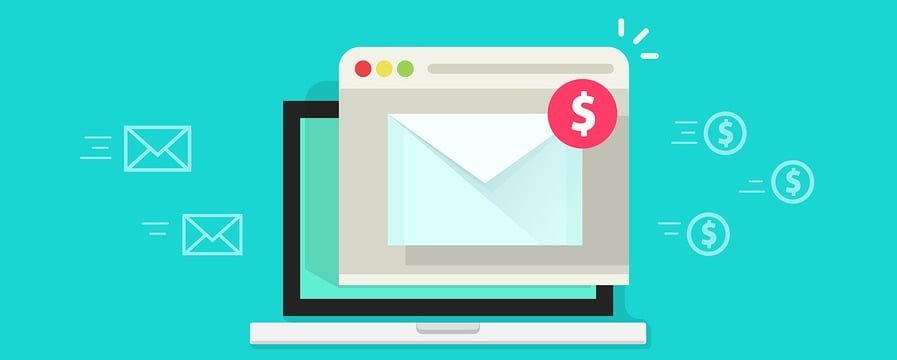Email marketing is huge, and it can build long-term loyalty quickly when done the right way. Think about it, when someone subscribes to your email list, they are interested in receiving more awesome content or product information from you. You can easily increase engagement and sales by shooting out an email message once or twice a week. But, this strategy is only useful if your email messages are being opened by the recipient. For this reason, it’s important that before you send out a message, you do your research and find out what makes a great headline or subject line.
I’ve had the pleasure of working with some clients on coming up with an email marketing strategy. Today I’ll be sharing a few important things to keep a close eye on before sending your first autoresponder, while also providing you with some quality resources and guides in the process.

Keep Them Short
When you have a subject line, which is too long, it will get caught off when delivered to the recipient inbox. For this reason, you should make your lines no longer than 50 characters. The shorter the lines, the quicker the person viewing it will be able to understand what the message is all about. This will increase how fast they will open the message especially when it’s catchy. Remember, when people receive an email message, they’ll scan through their inbox looking to see what catches their eye right away. Here are a few useful tips to create great looking emails and newsletters.
Include Recipient First Name
Depending on the type of email marketing service your using, you’ll be able to add custom fields to the message. One of them will allow you to add a field which will generate the first name of the recipient. When you send the message, it will arrive with the sender name first then the subject line after. The reason these messages have a higher open rate is that they have a personal touch to them. When people see their first name in the subject line, it will make them feel special and that you’ve created a custom message for them.
No False Promises
Email open rates increase as you start to build credibility. For this reason, it’s important you make no false promises and always deliver the product or content you promise. This can best be accomplished by creating better email ad copy, then delivering on whatever it is you might be offering in exchange for the email signup. If you don’t, you’ll slowly start to lose subscribers and they’ll stop opening your messages. With no trust, you’ll have lower open rates and this will make it harder for you to get your message across.
Add Keyword in Line
Some of the best email subject lines include the main keyword associated with your niche. Keep in mind that these people are on your list because they resonate with your brand and the awesome content you provide them. To keep these people opening your messages, it’s important to include a keyword that represents your brand so they’ll be enticed to open and click through to whatever offer you have available.
Think About Blog Titles
Many times when I write email subject lines, I’ll think about my content blog titles. Why? It’s because they’ve been well researched, include my keywords, and have high click-through rates. The same strategy can be used when writing your email messages because your main objective is to make them enticing so that people will open them…right?
Since your email marketing will be closely associated with your blog, it’s a great idea to skim through looking over what content has the highest engagement. Look at the title and what keywords you included to increase engagement because the same strategy can be applied to your next email send. If you are just starting out, here’s a great resource on writing great blog titles so you can apply the same strategies your email marketing.
Improve Your Email Marketing ROI in 2017
With the right email subject line, you’ll ensure that your message reaches the inbox of the recipient and that it get’s read. Understand that an email message is only valuable if it converts into the intended desired action. I hope going forward, you can use the strategies I’ve provided above when writing your next email message.
